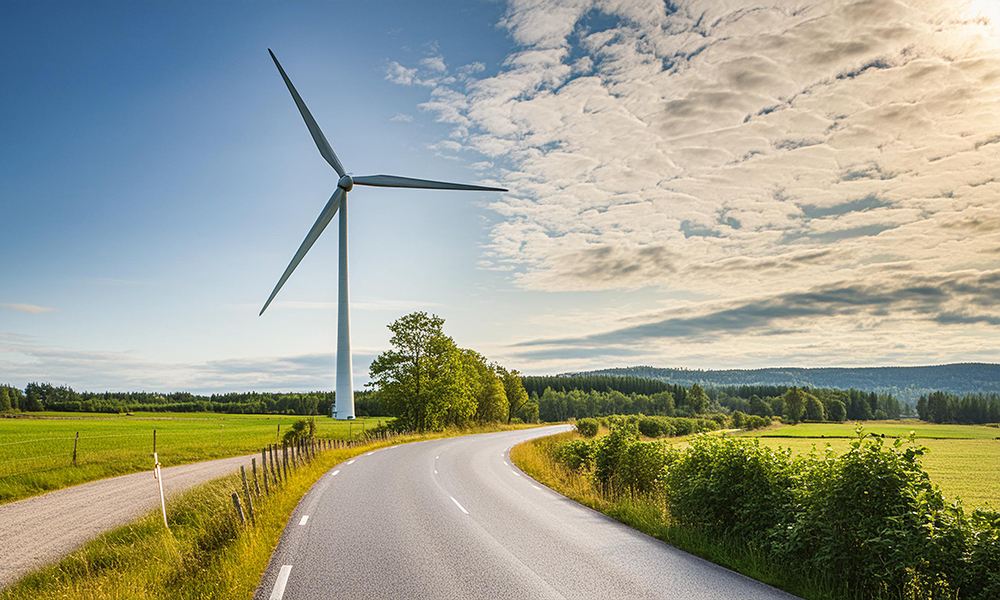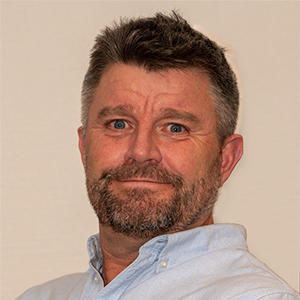
Repowering and Swedish wind power
In just a few years, Swedish wind power has gone from insignificant to accounting for 21% of the country's electricity production in 2023. Last year, 243 wind turbines were installed, and further constructions are planned.
Repowering gives wind power new energy
While working on sustainable wind power expansion, equal importance must be placed on maintaining existing turbines to ensure they are not neglected. There is much to gain here, something that many are now beginning to realize the benefits of. Concepts like repowering and LTE (LifeTime Extension) are being discussed. Permits for these take significantly less time, and planning for the process should begin 5 years in advance.
Wind Power up to today
Wind power and harnessing wind energy is not a new concept – windmills were once a common sight across Sweden, and now wind power is back in a modern form. The development of what we now refer to as modern wind power began in the mid-1970s, but it is only now that we truly see wind power as an important part of the country's total electricity production.
Today, Sweden has over 5,500 installed wind turbines, and the energy needs continue to grow.

Sweden’s wind power tomorrow
Just like everything else, wind turbines age, and their lifespan is usually around 20-25 years. Even though modern wind turbines operate longer than the average lifespan, these are precisely the turbines that need to be reviewed to ensure they remain energy efficient. During a wind turbine's operational life, its efficiency and performance degrade, eventually leading to the produced power versus maintenance costs becoming too high. However, there are effective ways to avoid this.
While today's wind turbines are operational, technological development is progressing rapidly, and efficiency is continuously improving. Let's zoom in on the two concepts that can help prevent Swedish wind power from becoming neglected:
Repowering
Repowering, which has great potential in existing wind farms, involves replacing parts of or entirely new, more efficient wind turbines with older ones. Sometimes even fewer and better turbines replace the number of wind turbines, thanks to new calculations and new technology. The reason this generally goes faster, from idea to action, is that permits for wind power already exist, as does the infrastructure around the power plants, such as roads, connection cables, etc.
According to calculations by Svensk Vindkraft, all wind power built before 2015 should be replaced before 2040, with the help of repowering.
LTE
The second option, LTE, involves replacing and upgrading with brand new components (not refurbished) in existing turbines to increase their efficiency, such as the generator. LTE should not be confused with normal operation and maintenance work. The entire purpose of LTE is to install new technology and replace components with more efficient ones.
There are calculations indicating that outdated turbines currently producing 1.5 to 2 MW can be replaced with new ones producing four to five times more, thanks to repowering and LTE.
Sweden’s electricity production and goals
When discussing wind power, it is usually divided into two groups: onshore and offshore. Currently, onshore wind power dominates in Sweden, but with one of Europe's longest coastlines, Sweden has excellent conditions for offshore wind power as well, and the national expansion plans include both types.
According to the Energy Agreement, Sweden should not only have more efficient energy use, but the country's electricity production should also be 100% fossil-free by 2040, which makes continued wind power expansion necessary. What largely hinders the development of new wind power today is the processing time for issuing new permits. A normal permit process today takes between 8 and 12 years, which is significantly longer than in many other European countries and something that makes repowering and LTE extra interesting.
CHS Controls’ role in all of this
In addition to finding wind power an exciting topic that we stay updated on through close collaboration with our suppliers and as active listeners at various Swedish fairs and seminars, we have two main areas when it comes to our product range and how we can support existing wind power.
One concerns the safety of airborne traffic, where our robust obstruction lights > illuminate tall objects in accordance with current Swedish regulations. The other concerns LTE, i.e., products that help to make existing wind turbines across the country more efficient and extend their lifespan – whether they are onshore or offshore. If we zoom in on wind turbines' generators, we have high-quality fuses >, different power resistors > such as e.g. braking resistors, and voltage indicators > in our product range, as well as specially designed vapor proof LED luminaires > for wind turbines.
For more information contact one of our
PRODUCT SPECIALISTS

